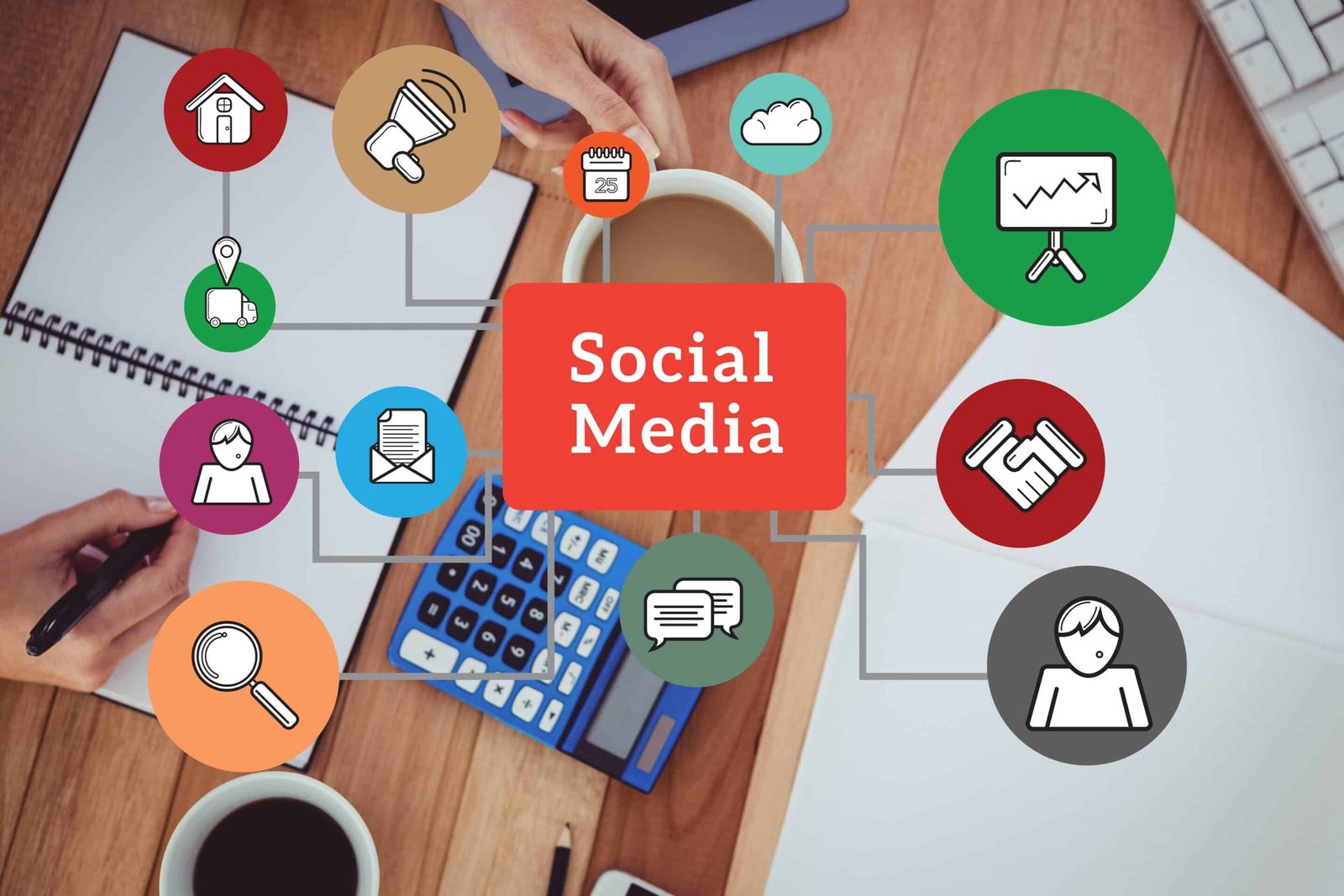When agencies and in-house marketers set out to invest in social media, the first big question is where to put their budget. Should you focus on social media management—building an organic presence, nurturing a community, and creating consistent content—or should you put more resources into paid social advertising like Facebook Ads and Instagram campaigns?
Both approaches can generate results, but they work differently and impact ROI in distinct ways. Understanding how each fits into your strategy helps you decide where to invest for maximum impact. This article explores the differences between social media management USA strategies and paid advertising, how to measure ROI for each, and how to combine them for the best outcomes.
Understanding Social Media Management
Social media management is the process of planning, publishing, and engaging with content across platforms like Facebook, Instagram, LinkedIn, and TikTok. The goal is to build a strong presence that reflects your brand voice and keeps your audience engaged over time.
Key components of social media management include:
- Content Planning: Developing a content calendar that balances promotional posts, educational insights, and audience engagement.
- Community Management: Responding to comments, managing DMs, and fostering dialogue with followers.
- Analytics & Reporting: Tracking reach, engagement, and growth trends to refine the strategy.
This approach is long-term. It builds brand credibility, authority, and customer loyalty rather than quick conversions. Learn more about effective management practices through this social media management guide.
Understanding Social Media Advertising
On the other hand, paid social focuses on placing targeted ads in front of specific audience segments. Facebook Ads, Instagram Reels ads, and LinkedIn campaigns are examples. Unlike organic management, advertising is designed to achieve quick, measurable outcomes like lead generation, sales, or event sign-ups.
Advantages of social media advertising include:
- Precision Targeting: Ads can be shown to users based on demographics, location, interests, and behaviors.
- Scalability: Budgets can be increased or decreased depending on performance.
- Attribution: Ad platforms provide robust reporting, making it easy to track ROI.
But ads have a short shelf life. Once you stop spending, your visibility vanishes. That’s why agencies often pair advertising with content planning and ongoing management. For ideas on how design supports campaigns, see examples of social media design strategies.
Measuring ROI: Social Media Management vs. Advertising
ROI looks different for management versus advertising, and marketers often misinterpret these results.
ROI for Social Media Management
Organic social efforts usually take months to show measurable results. Key metrics include:
- Audience growth
- Engagement rates
- Share of voice
- Customer sentiment
ROI here is often tied to brand health rather than direct sales. For example, consistent posting and engagement may improve customer retention or reduce churn, which indirectly impacts revenue.
ROI for Social Media Advertising
With paid social, ROI can be calculated more directly:
- Cost per click (CPC)
- Cost per acquisition (CPA)
- Return on ad spend (ROAS)
You can quickly see whether campaigns are profitable, and optimization can happen in real-time.
Which Delivers Better ROI?
The answer depends on your goals.
- Choose social media management if your priority is building long-term relationships, brand authority, and audience loyalty.
- Choose advertising if your priority is fast results, product launches, or lead generation at scale.
For many marketers, the best ROI comes from a hybrid approach. Ongoing content management builds trust, while paid ads amplify reach and capture conversions. Agencies that align these two strategies often report stronger campaign performance and lower cost-per-lead over time.
For help mapping out a balanced strategy, you can book a strategy meeting with experts who specialize in combining both approaches effectively.
Practical Tips for Agencies and In-House Teams
If you’re an agency or an in-house marketer deciding where to allocate resources, keep these points in mind:
- Audit Your Current Presence: Review what is already working organically before running ads.
- Align Goals with Tactics: Use management for engagement and education, use ads for conversion-focused campaigns.
- Budget Smartly: Reserve 20–30% of ad spend for testing new audiences and creative.
- Leverage Analytics: Set benchmarks and measure progress monthly for both organic and paid campaigns.
- Avoid Over-Reliance on Ads: Ads should supplement—not replace—consistent, authentic brand messaging.
Long-Term Considerations
Paid advertising can drive quick wins, but organic social is what sustains growth. Without a well-managed feed, paid campaigns may lack credibility when users click through to your profile. Likewise, without paid amplification, organic content may take longer to gain traction.
The most successful marketers treat social media like an ecosystem. They build a consistent content pipeline, maintain a strong brand voice, and run targeted ad campaigns to accelerate results.
Frequently Asked Questions
1: Is social media management enough without paid ads?
Yes, but it will take longer to see results. Management is ideal for long-term brand growth, but ads can help amplify visibility and accelerate reach.
2: How much should I spend on Facebook Ads?
Budgets depend on your goals, industry, and audience size. Many marketers start with a small daily budget, then scale once they identify high-performing campaigns.
3: Can agencies handle both management and advertising?
Yes. Many agencies specialize in integrated social media services that combine strategy, content planning, and paid campaigns.
4: How do I know if my ROI is improving?
Track both engagement metrics (likes, comments, shares) and business metrics (leads, sales, conversions). ROI improves when both show consistent growth over time.
5: Is content planning still important if I rely on paid ads?
Absolutely. Quality content ensures your ads perform better and your audience has a positive experience after clicking through.



